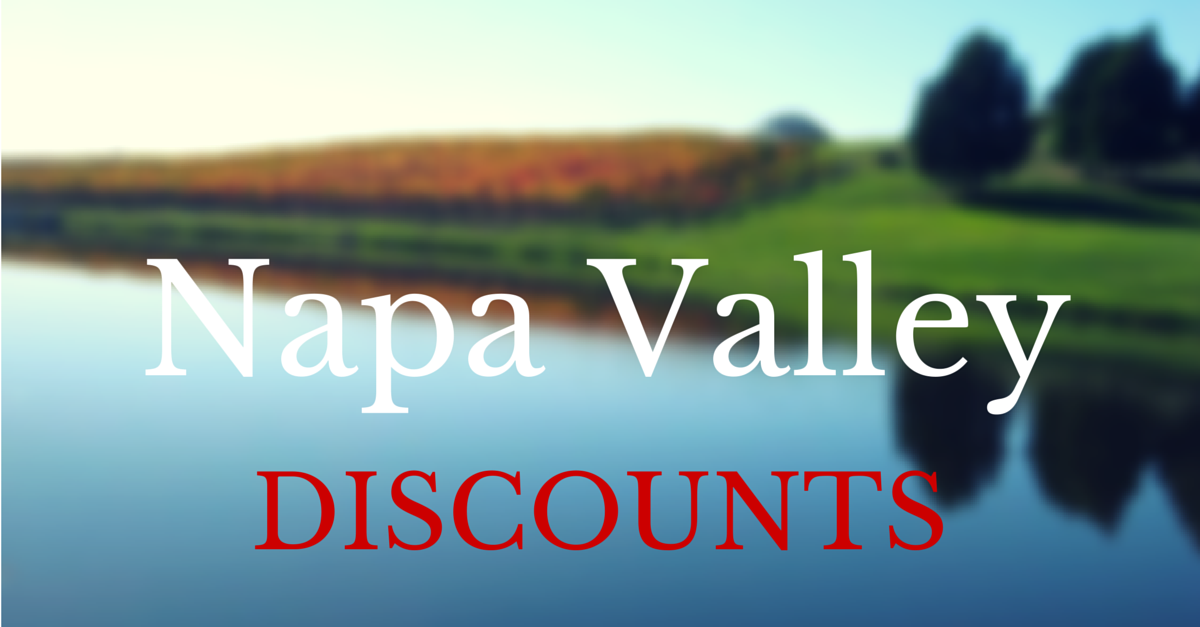There are four main Napa Valley activities (or destinations) that many tourists don’t want to go home without visiting. In completely random order… they are, a hot air balloon ride, Wine Train meal, visit to the Culinary Institute of America, and a tour of the Castello di Amorosa. Technically the Castello is a winery with wine tasting at the end of the tour, but that part is optional, and the tour is something that is certainly worthy of doing on its own.
But after wine, the number 2 reason to visit the Napa Valley is for the food. Napa Valley now has several Michelin star rated restaurants, with both legendary famous chefs as well as rising stars. Planning restaurant reservations weeks in advance is a must if you want to eat at the restaurants of Michael Chiarello, Cindy Pawlcin, Morimoto, etc. Check out Eat Napa Valley for restaurant information.
When my wife and I are on vacation, we usually end up browsing stores and do a little shopping, and it is one of our favorite Napa Valley activities. Each town in Napa Valley offers an easy walkable area of local stores perfect for vacation browsing and shopping. St Helena offers a pretty short straight street, while Calistoga boasts a much longer spread out street. Yountville has two shopping plazas at its ends of the main street, but Many people walk the entire length as well visiting the gardens of The French Laundry on their way to the other end. The downtown to Napa has expanded in recent years with destinations including the Oxbow Public Market, The Riverfront, and shops along Main Street, and First and Second Streets. If your looking for brand name clothes, then you won’t want to miss the Napa Premium Outlets with stores including Coach, Banana Republic, Ann Taylor, etc.
The list of activities offered in the Napa Valley is growing, and you can learn more about those activities on this site.
